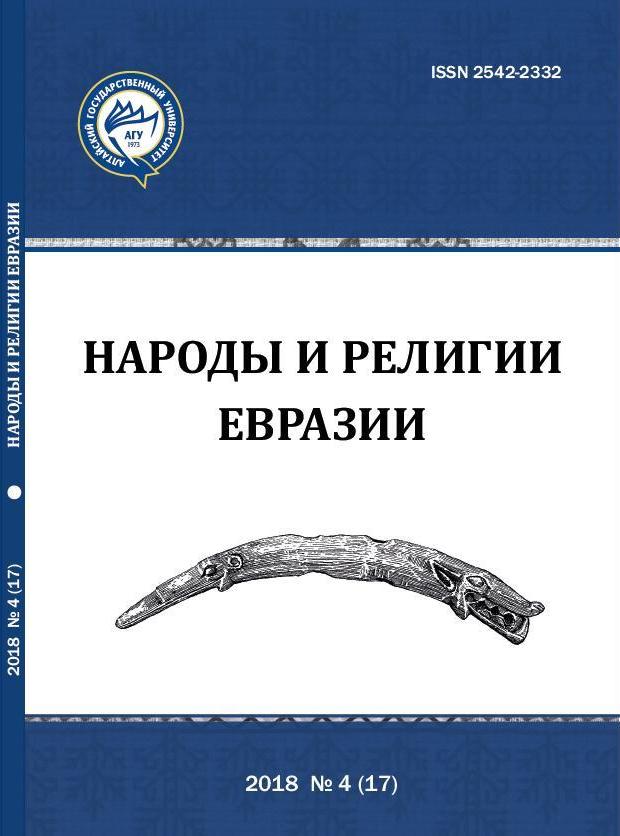The periodization of the national movement of tatars in Western Siberia (1980s — 2010s)
Main Article Content
Abstract
The aim of the article is to make a generalizing periodization of the Tatar national movement in Western Siberia. This institutionalization began in 1988 and was associated with the revival of ethnic identity processes, with the desire to revive ethnic cultures and native languages. It does not stop until now. The author explores the history and activities of numerous Tatar
national-cultural associations and identifies four stages of the Tatar national movement in Western Siberia. The author studies the legislative basis of national-cultural associations as important milestones of different stages of the national movement, determines the key events, features and patterns of each of the four stages. The first stage of the Tatar national movement in Western Siberia (1988-1990) is the time of formation of the first Tatar national-cultural associations. The second stage (1991-1995) is the time of its active institutionalization and the beginning of vigorous work of Tatar national-cultural associations throughout Western Siberia. The third stage (1996-2004/2005) is the time of the universal creation of Tatar national-cultural autonomies. The fourth stage (from 2006 to the present) is the time of changing leaders and rethinking the priorities of the national movement.

